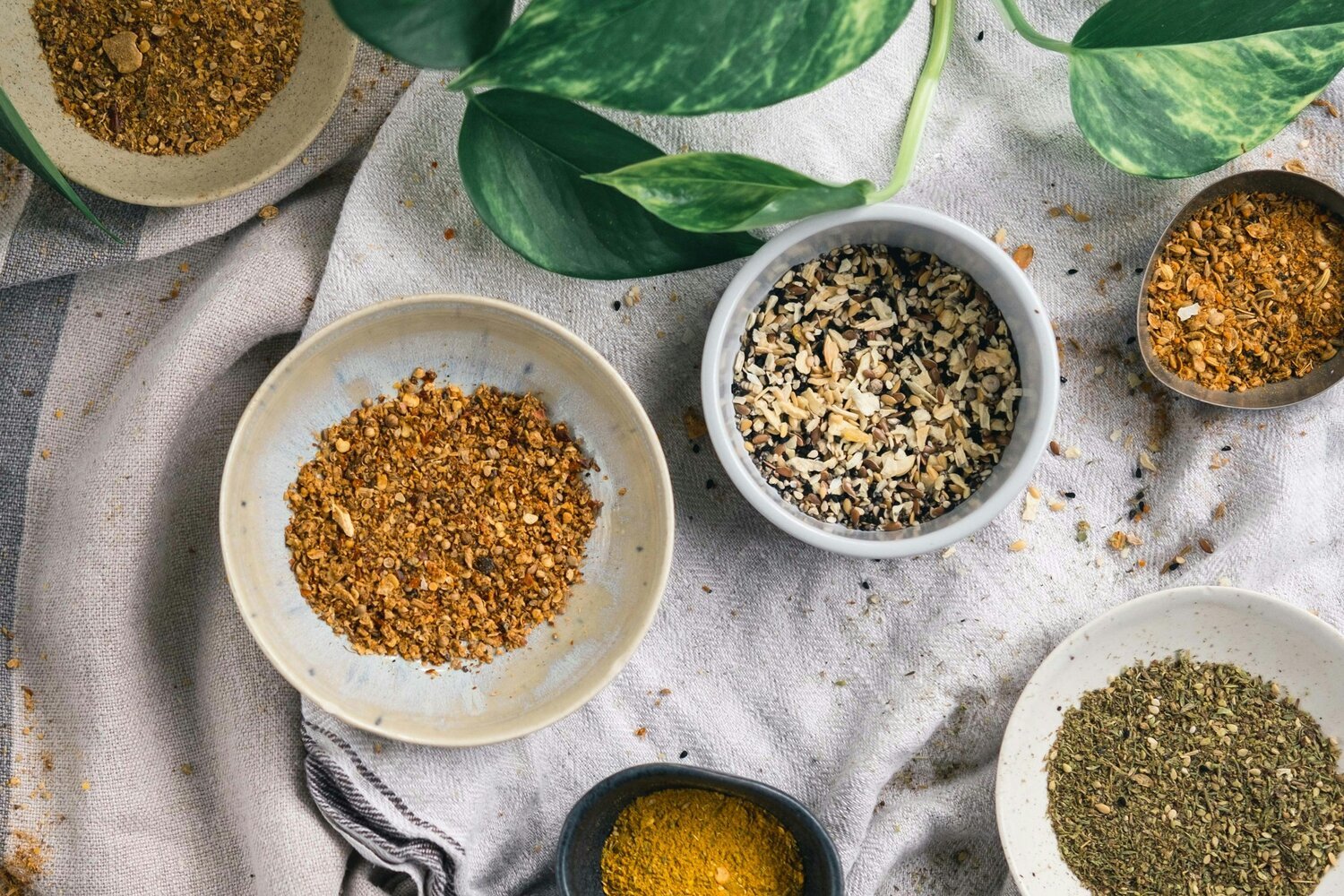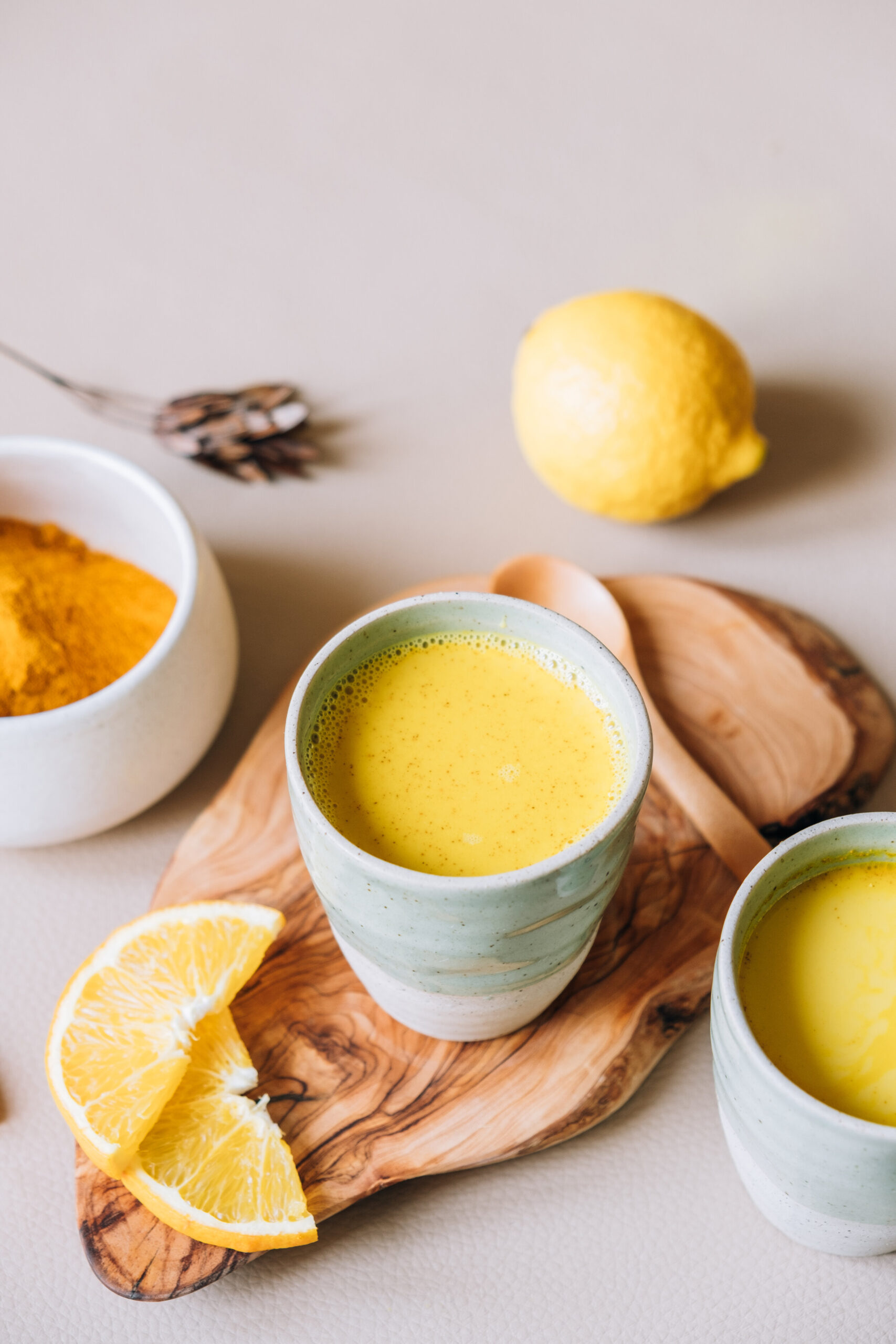Enhancing digestion and metabolism is essential for overall well-being. Incorporating practical Ayurvedic tips into your daily routine can make a significant difference. Here are some actionable suggestions to optimize your digestive health:

1. Pre-meal Ritual
Before each meal, kickstart your digestion by consuming half a teaspoon of freshly grated ginger root with a pinch of Himalayan salt and a splash of lime juice. This simple step prepares your body for efficient digestion.
2. Embrace Ayurvedic Spices
Ayurveda encourages the use of spices such as turmeric, cardamom, ginger, and cinnamon. These spices not only enliven the digestive system but also alleviate the burden on foods that may be challenging to digest. Incorporating these spices into your meals regularly can significantly aid digestion and metabolism.
3. Mindful Drinking
Avoid consuming iced water, especially during meals. Opt for warm water, both during meals and throughout the day. Warm water supports the digestive process, helping to maintain its efficiency.
4. Balanced Eating
Adopt the practice of filling one-third of your stomach with food, one-third with liquid, and leaving the remaining one-third empty. This balanced approach can prevent overeating and support optimal digestion.
Metabolic Repair is Available Now! Tap here to get instant access!
5. Chew Thoroughly
Proper chewing is crucial for digestion. Even when consuming smoothies or other beverages, ensure that you chew them. This aids in the breakdown of food, easing the digestive process.
6. Post-meal Aid
After meals, consider chewing a teaspoon of fennel seeds. This simple practice can further aid digestion, leaving you feeling more comfortable after eating.
Incorporating these Ayurvedic tips into your lifestyle can significantly improve your digestion and enhance your metabolism, leading to overall better health and well-being.
By repeating these practices, you can take proactive steps towards a healthier digestive system.
Tap here to support your metabolism with a straightforward plan!
Editor’s note: The information in this article is not a substitute for professional medical advice, diagnosis, or treatment.







Comments +